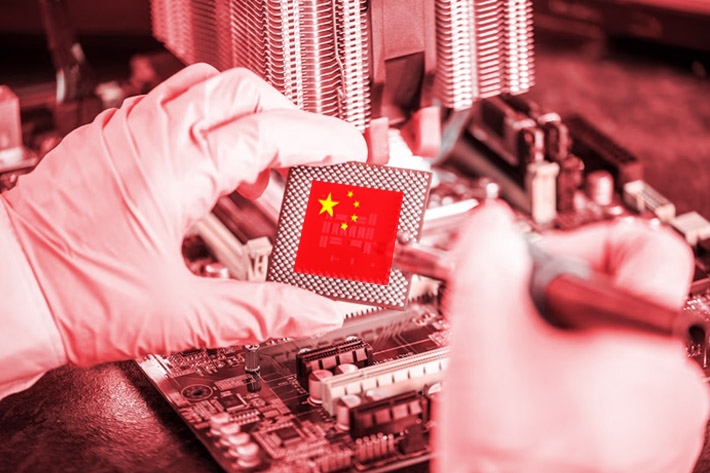(ATF) China has released a new five-yuan banknote. But as the central banks rolls out its digital currency, and electronic payment technologies such as Alipay and WePay account for a growing number of transactions, many wonder about the purpose of the new bill.
The paper note was unveiled on November 5. Ning Jie, a business manager at the Bank of Communications Beijing branch, told Xinhua that more than 20 customers had successfully exchanged old notes for new ones in the launch morning. The People’s Bank of China (PBoC) issued new banknotes worth about 25,000 yuan on the day. Ning said many of his customers were old ladies swapping their damaged notes and souvenir hunters looking for first-day note issues.
The Asia Eight: Daily must-reads from world’s most dynamic region
Officially, the new note was circulated in order to improve anti-counterfeiting technology and printing quality. The PBoC issued a new version of the 100-yuan banknote in November 2015 and upgrades of the 50, 20, 10 and one yuan bills in August last year.
Read More: Retail madness: China’s cities in a race to ramp up consumption
The PBoC said the new five-yuan banknotes were put into low circulation to test new anti-counterfeiting print technologies.
The double-sided gravure counter-printing technique deploys partial patterns on the front and back to compose a complete denomination number. The bills are also given a tactile finish that’s considered hard to forge.
The notes also feature an advanced anti-counterfeiting technology that enables the number “5” to change with the angle of observation, and its colour switches between gold and green. Additionally, a bright band of light scrolls up and down.
The printing technology is not available yet in other denominations.
As mobile payments spread through China, customers have fewer venues in which to use physical cash, begging the question: why should paper currency continue to innovate?
According to state press, the aim is to maintain the legal status of the legal tender, which reflects the country’s credit; ensuring the smooth circulation of cash is a basic requirement of maintaining its legal status. Therefore, no unit or individual may refuse to accept cash.
Read More: The digital yuan and the power of currencies
A certain proportion of the population still uses cash, especially the elderly who are increasingly finding themselves on the wrong side of the digital divide.
It is predicted that during the 14th Five-Year Plan period, the nation’s senior citizens will exceed 300 million. A considerable number of them are not proficient in mobile payment, nor do they enjoy the efficiency and convenience of the digital yuan.
At the same time, authorities have had difficulty in extending electronic payment devices and infrastructure to remote or poor areas.
“As long as the people have the need to use banknotes, the People’s Bank of China will not stop the supply,” said Mu Changchun, director of the People’s Bank of Digital Currency Research Institute. The digital yuan and banknotes will coexist for the foreseeable future, Mu added.
One thing about the banknotes hasn’t changed: They still bear the portrait of Chairman Mao Zedong.
























